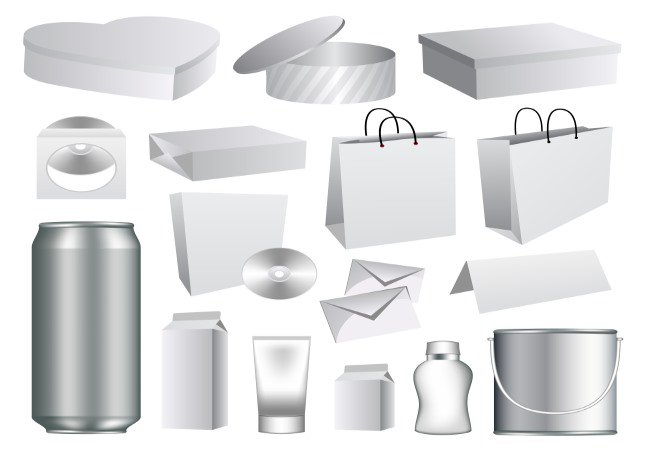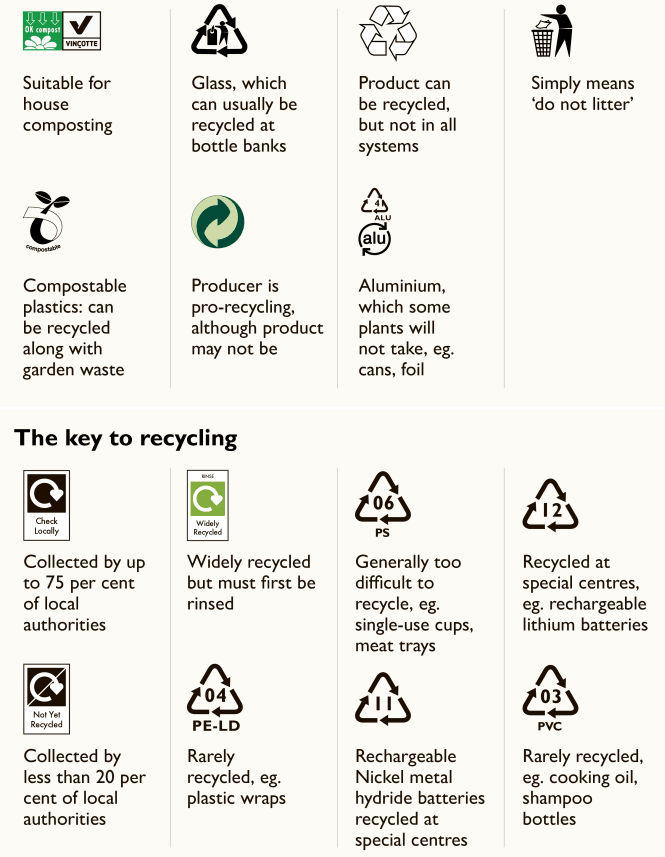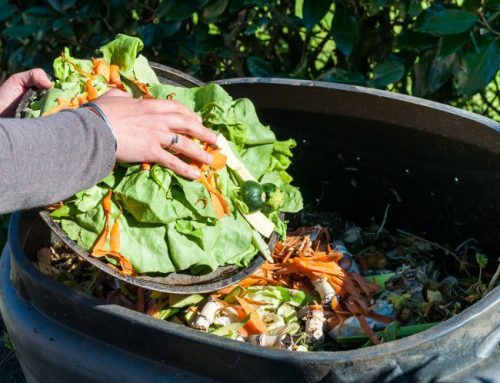
When was the last time you really examined the packaging of a product? You are probably aware of those recycling symbols printed on the outside, but do you know what they mean? Sure, the symbols are there to inform us of the materials used and how we should dispose of the packaging, but with so many different symbols being used it can be confusing.
In a world where it has become increasingly important to be aware and look after our planet, food and drink packaging remain one of the biggest culprits for littering and pollution – many are starting to see that proactively addressing this is vital to saving our environment.
Incredibly, around 8 to 14 million tonnes of plastic is dumped into our oceans every year. Last year (2019), by weight, there was estimated to be more plastic waste in the oceans than fish, with food and drink packaging being the biggest contributor. As a result, marine life is suffering irreparable damage by either directly ingesting it or being affected by the chemicals leaching out. The result: marine life dying, being unable to reproduce, or even changing sex. The sheer volume of plastic and related waste ejected into our oceans is causing our entire marine ecosystem to decay. To keep the ocean clean and keep our aquatic life alive, either not using plastic at all or properly recycling and disposing of it is an absolute necessity.
However, understanding what can and can’t be recycled can be a challenge. There are so many common misconceptions on what is and isn’t recyclable. For example, paper products such as kitchen roll, tissue and paper napkins are non-recyclable. Whereas, used (but clean!) kitchen foil and bleach and cleaning material bottles are 100% recyclable.
Key to understanding what can and can’t be recycled lies in knowing what those small symbols on packaging actually mean. the graphic below lists them all, and shows what they actually mean. By being aware of these symbols we can better identify what can be recycled, and how it should be properly recycled. It is also important that households are aware of how to correctly sort items and know what can be recycled kerbside at our homes, as each local authority has different rules.

Each symbol tells us specifically how to dispose of the packaging. For example, some can be composted, others recycled, and other symbols show that although it can be recycled, not all local authorities actually accept that material for recycling. Other symbols indicate more unusual objects or materials that can be recycled, such as lithium batteries, but must be taken to a special centre rather than recycled kerbside. This is where it gets confusing, as many local authorities will accept normal batteries if left in a separate bag beside your recycling bin, but will not accept the rechargeable lithium versions.
Whilst many items can be recycled, there are also still a number of items which cannot be recycled. It’s important to know about these as, unfortunately, if any do end up in your recycled waste it results in the entire recycling bin having to go to landfill as ‘contaminated’ waste.
It is also important to separate the constituent parts of packaging before they are added to the recycling bin, and it is this that many see as a ‘chore too much’. For example, although tissue boxes can be recycled the plastic insert cannot, and so must first be removed. Also, all food and chemical containers should also be cleaned and rinsed before recycling.
The benefit of recycling is most materials can be reused, saving energy, reducing our carbon footprint and reliance on creating new packaging products from our precious (often polluting or toxic) raw materials. In 2018/19, East Riding of Yorkshire was top of the recycling league, with 64.8% of all household waste sent for recycling. This was an almost 100% increase in just over 10 years, when back in 2006/7 the most proficient recycling council was Mid Suffolk District Council with only 34.21% of household waste being recycled.
The actual percentage of each material recycled varies annually, using 2018 as a benchmark for food and drink packaging only: 75% of steel was recycled, 50% of aluminium, 60% of glass, yet only 9% of plastic products are recycled! In 2016 that was a staggering 16m plastic bottles a day not recycled. At least the most popular recycling materials are those that can be recycled almost indefinitely, saving 80-100% of the new raw material needed as well as energy cost comparative to making that product with 100% new raw materials. With this in mind, perhaps we could all do better…
One may wonder how recycling makes a difference, if it really is that important, and is it worth the extra bother of separating the materials? A toothpaste box may not seem a lot, but if everyone recycled just one box, it would produce enough energy to run a fridge in 2,000 homes for a year. If that 25% of steel packaging currently not recycled was diverted from landfill and used to make new products, it would save enough energy to make 50,000 return train journeys between London and Edinburgh. And, let’s not forget about aluminium air freshener cans either: Just one of those recycled in every home across the UK would save enough energy to vacuum over 876,000 homes for a year!
And lastly, back to plastic. So convenient, and for many indispensable and so commonplace as to just be taken for granted. If 75% of plastic were recycled each year, it would reduce crude oil refining by 3.7 billion litres, dramatically slashing our carbon footprint and natural resources, whilst also saving over 25 million cubic meters of landfill space. And that’s annual!
So, the next time you have an item to hand you’re about to throw away, take 5 seconds to check the recycling symbols, 20 seconds to separate the materials and recycle. Do your bit to ensure all unnecessary waste is kept out of landfill and possibly ending up in our precious oceans.
Further reference /reading:


